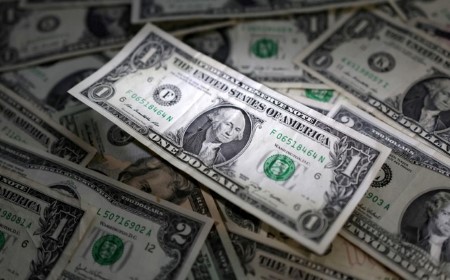

INSIGHTS 

INVESTMENT STRATEGY
THE BASICS
DOWNLOADS 

 DOWNLOAD
DOWNLOAD

 DOWNLOAD
DOWNLOAD

 DOWNLOAD
View all Reports
DOWNLOAD
View all Reports


Economic Updates
Philippines Trade Update: Exports momentum continues
 DOWNLOAD
DOWNLOAD

Economic Updates
Quarterly Economic Growth Release: More BSP cuts to come
 DOWNLOAD
DOWNLOAD

Economic Updates
Monthly Economic Update: Fed catches up
 DOWNLOAD
DOWNLOAD
Follow us on our platforms.


Currencies
3 MIN READ
US recap: Dollar sold far and wide as Fed cuts gain credibility

This article originally appeared on reuters.com





 By Reuters
By Reuters